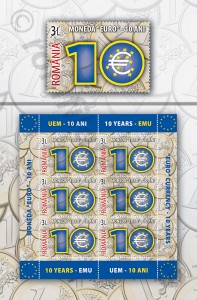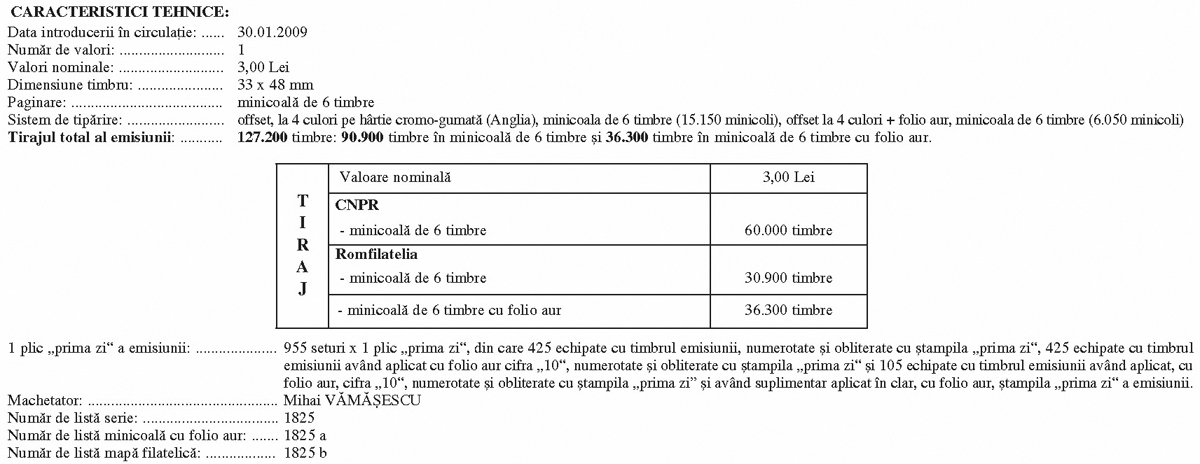 Euro, the European unique currency, appeared on the world monetary market ten
Euro, the European unique currency, appeared on the world monetary market ten
years ago. Nevertheless, the idea of a common currency of the European Union was
“born” much earlier, in 1968, when the Customs Union was founded. Euro, the European unique currency, appeared on the world monetary market ten
years ago. Nevertheless, the idea of a common currency of the European Union was
“born” much earlier, in 1968, when the Customs Union was founded.
The most important steps preceding the European unique currency appearance, euro, were the creation of the European Monetary System (1979), the signing of the European Unique Document (1986) and the Maastricht Treaty (1992).
The European Monetary System was created in order to achieve an area of monetary stability inside the European Economic Community. The European Unique Document ascertains the freedoms of motion inside the Union (for persons, capital and also for services and goods) and the Maastricht Treaty represents the legal base of the unique currency.
The actual preparations for the European unique currency accomplishment started in 1994 by introducing ECU (European Currency Unit, the generic name initially used), which represented only one of the phases, the decisive one, that lead to the appearance of the European unique currency.
In December 1995, during the European Council reunion in Madrid, the name of
the future currency was decided: euro, name which quickly imposed on the market
and was assimilated by the Europeans. One of the reasons for this choice was the
fact that euro is easy to pronounce in all the languages of the Community, this name
having obtained the best results in all the soundings.
The Euro Symbol (€) is inspired from the Greek letter “epsilon”, having as bench-mark the cradle of the European civilization. On graphic level this symbol is close to E letter – the first letter of the key word, Europe – crossed in the middle by two parallel lines.
The decision of dividing the currency in 100 cents was adopted by the member states of the European Union in 1998, when the European Central Bank (ECB) was also established – the central pylon of the Economic and Monetary Union. The main responsibilities of ECB include the definition and application of the monetary policy for euro zone so as to reach the
objective of assuring the stability of prices and also of maintaining and managing the official reserves of euro zone member states.
On the 1st of January, 1999 ECU was replaced by euro, at a ratio of 1:1. Euro was
actually introduced into circulation starting with the 1st of January, 2002.
Romania became a member of the European Union on the 1st of January, 2007. Starting with that date the National Bank of Romania became a full rights member of the European System of Central Banks. The decision regarding the transition of Romania to euro is planned for 2014.
On the occasion of the celebration of one decade since the euro currency appearance on
the international monetary market, Romfilatelia introduces into circulation the postage stamps issue “10 years since the launching of the euro currency”. This philatelic issue is accompanied, as a première for Romania, by a numismatic issue made by the National Bank of Romania, dedicated to the celebration of the same event.
We bring here special thanks to the National Bank of Romania for the documentary assistance.
Issue date: 2009-01-30



